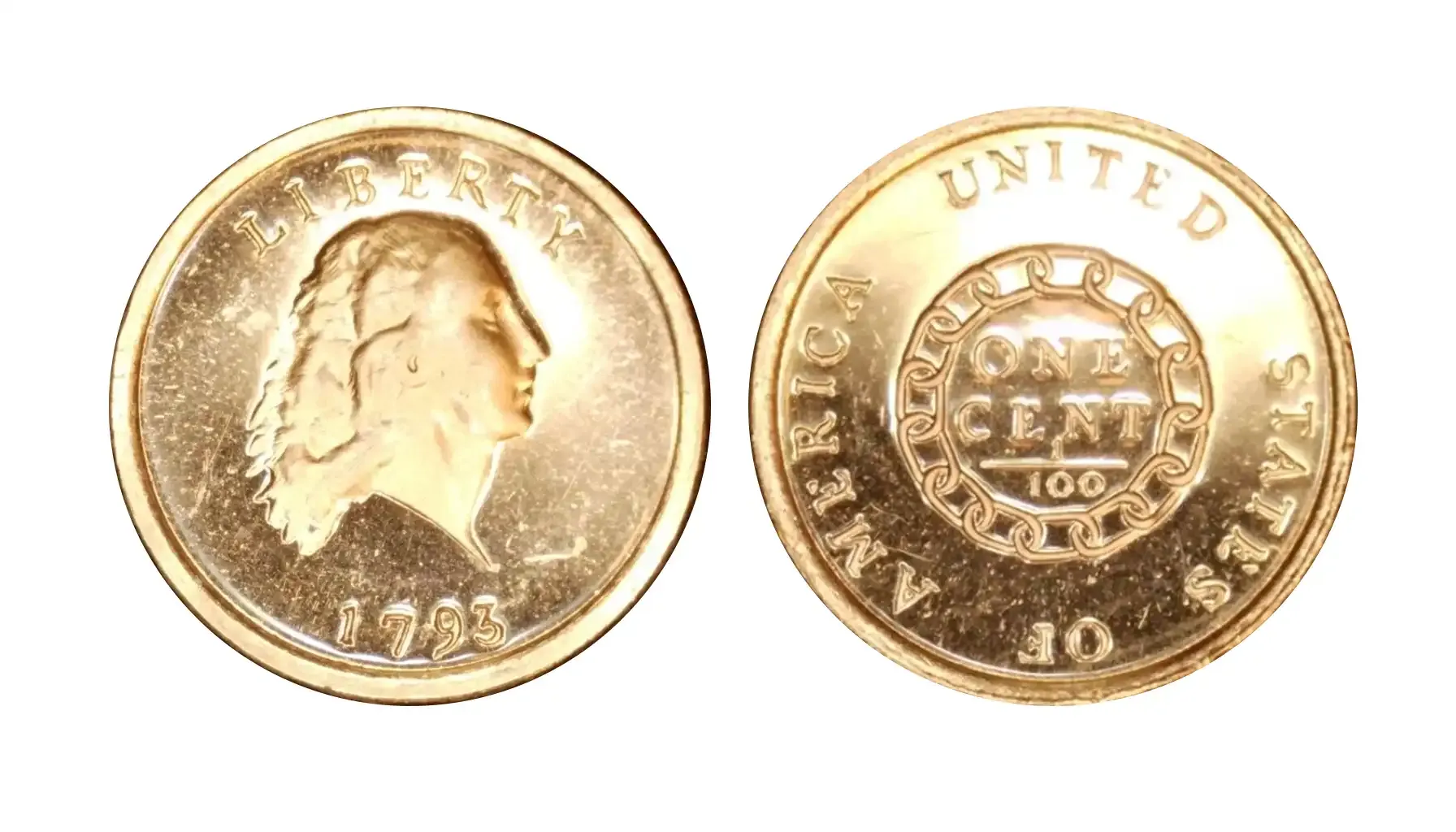Contents:
Traditions have existed for thousands of years, though their nature and reasons may slightly change. Since ancient times, countries and legal unions praised their leaders and produced items that could notify their citizens about the governing figure in the region.
The coin of Edward VII is a great example of how such a custom works and why it is important to distribute the glory, however controversial this term may be. So, how much is a King Edward coin worth? What does it look like? And how collectible and satisfactory it is these days? Let us check coin value and other numismatic details.

What Could History Say About Edward VII Numismatic Creations?
The history of the UK has always been captivating in terms of its cultural artifacts. Coins from the reign of Edward VII, the ones that managed to get preserved and taken good care of, showcase the atmosphere of this period at its best. As historians suggest, the Edwardian era was full of modernity, innovations, and social changes that forced this period to be more peaceful, fruitful, and prosperous than ever (before World War I for sure).
The mintage of these coins was relatively brief, even though this short period of active mintage from 1902 to 1910 was productive enough to make these coins significant for collectors but present on the market. A few years of serenity and prudence generated the real symbol of an empire at its peak.
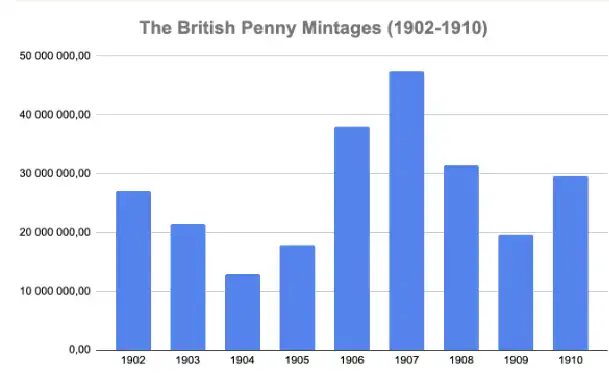
Mintage Peculiarities
Taking into account the geopolitical realia of that period, one should pay attention to the coin produced on the territories of the whole British Empire where coinage presupposed various denominations (e.g., farthings, pennies, halfpennies, florins, and crowns) and metal compositions (e.g., copper, silver, and gold). According to the statistics, the most commonly circulated coin comes down to bronze pennies as there were struck millions of these units each year.
Related article: 2021 Alabama Quarter’s exploration.
Silver coins, in turn, were a rarer option, but these were also subject to more intense wear. The gold sovereign was a popular type of coin as it was created in colonies like South Africa and Australia where the gold was present in abundance. In fact, each country under the influence of Edward VII’s reign produced different coins that serve as great reminders of what it was like 100 years ago.
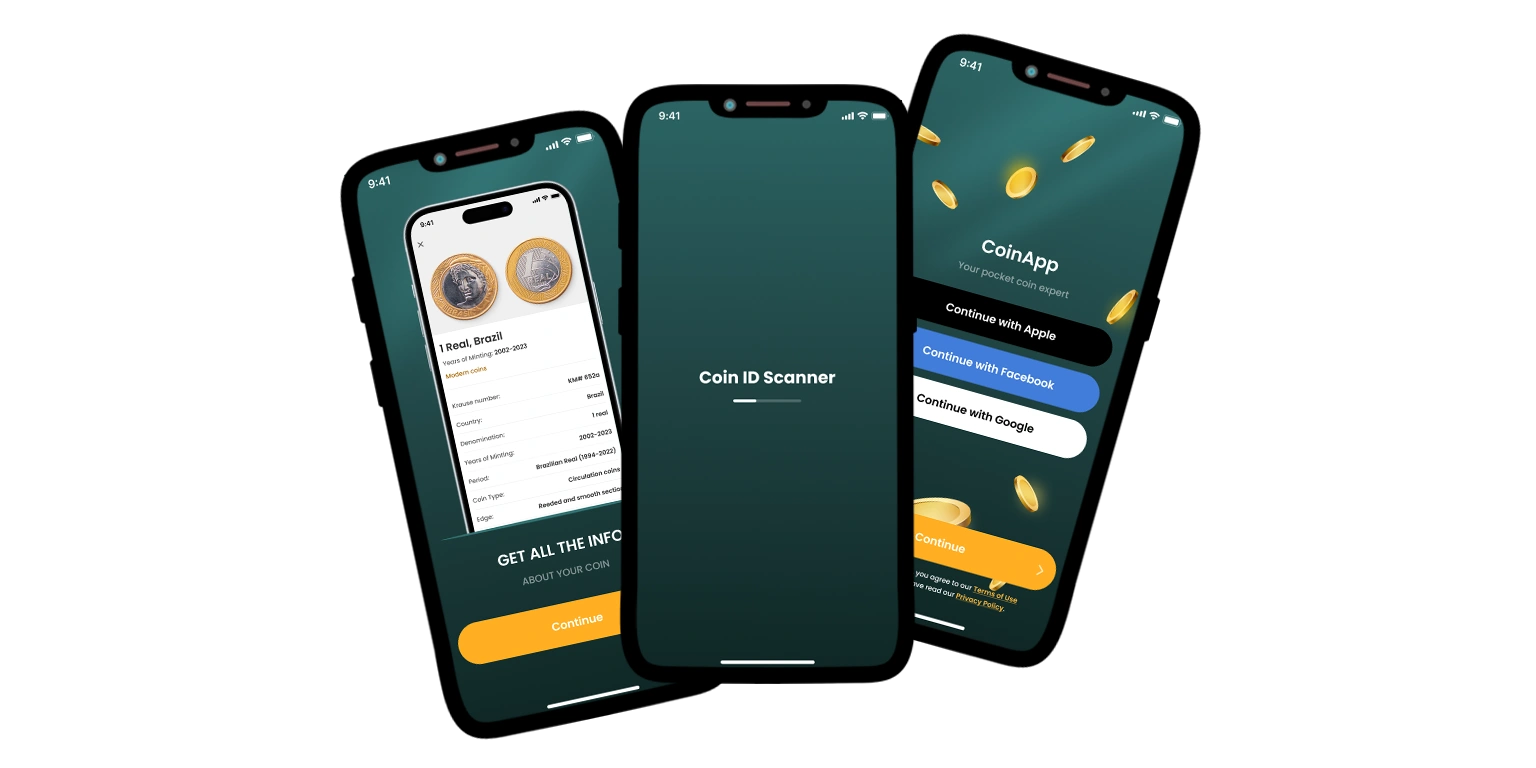
Probably, the most sought-after group of coins is the one that includes coins dedicated to coronation, though this option was not that rare or unique. By the way, for one to understand how many pennies were struck during this period, above is a chart of the British Penny mintages per year (from 1902 to 1910).
Design Features and Other Characteristics
As soon as Edward VII took the throne, he identified the path for their development and noted the importance of innovations combined with traditional elements yet in the same products, i.e., coins. This also applied to all the historically significant elements, for it was a major step toward a more liberal and breakthrough culture in the end. Here are some rare Edward VII coins that can be considered peculiar and extra worthy.
1902 Edward VII Gold Double Sovereign
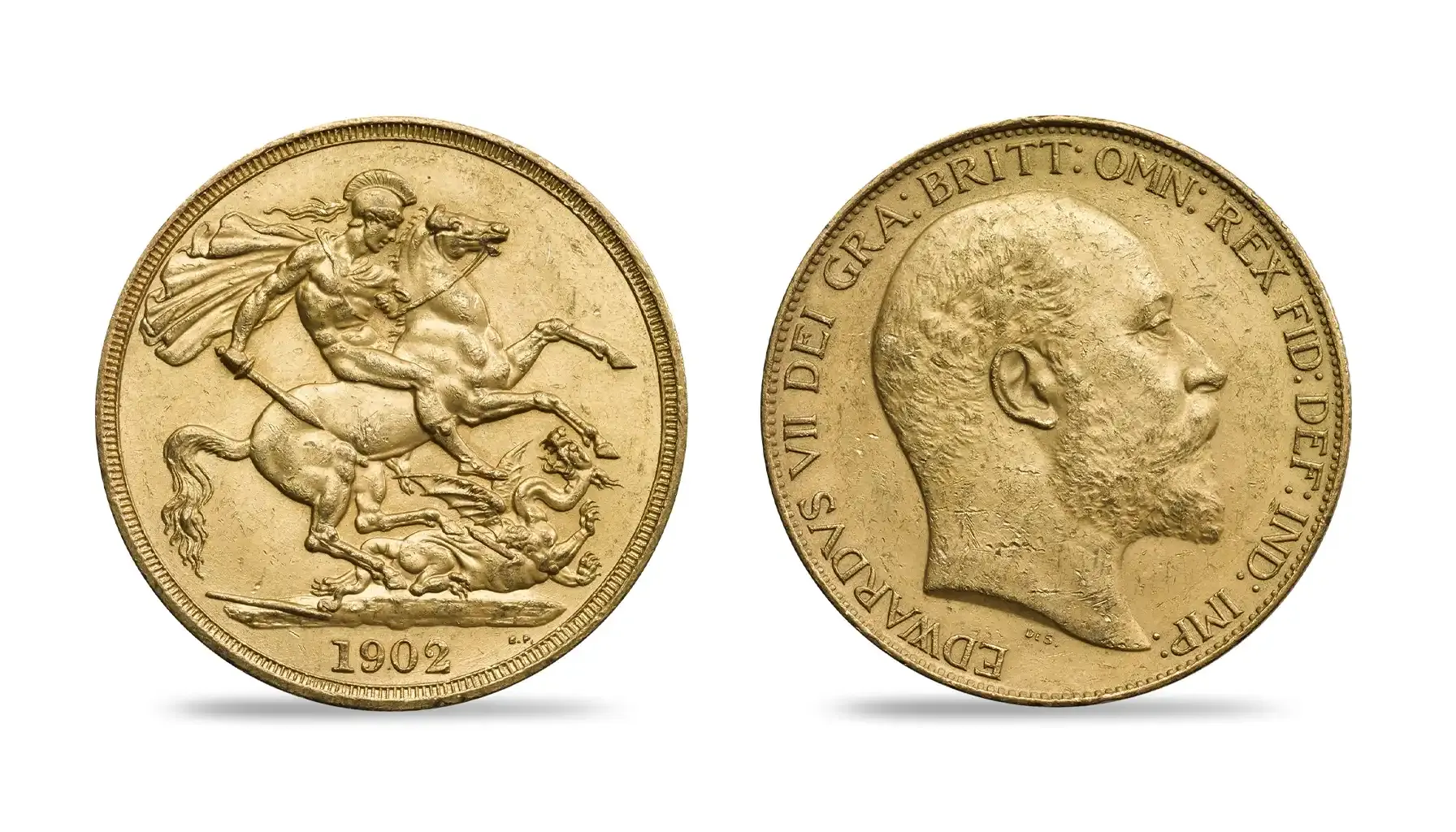
Approx. value: £2,550.00
Design: The elegant effigy of King by George William de Saulles on the obverse and Benedetto Pistrucci’s iconic depiction of St. George slaying the dragon on the reverse (with the highest 1902 Edward VII gold coin value out of this list).
1907 Edward VII Half-Sovereign Gold Coin
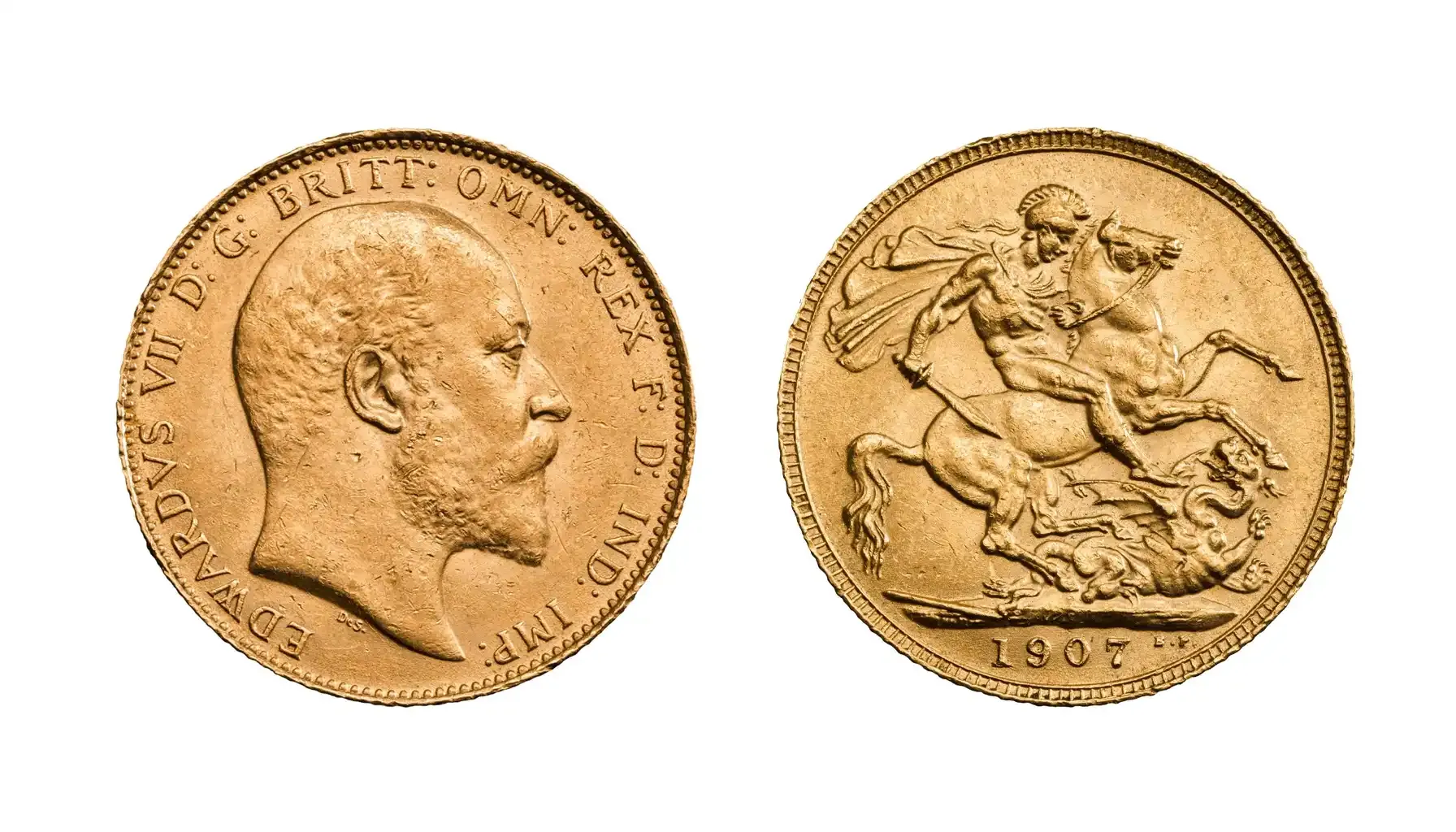
Approx. value: £260.00
Design: A regal portrait of King and Pistrucci’s famous St. George and the dragon design on the reverse, all of which emphasize the importance and 1907 Edward VII coin value in general.
1908 Edward VII Perth Mint Sovereign
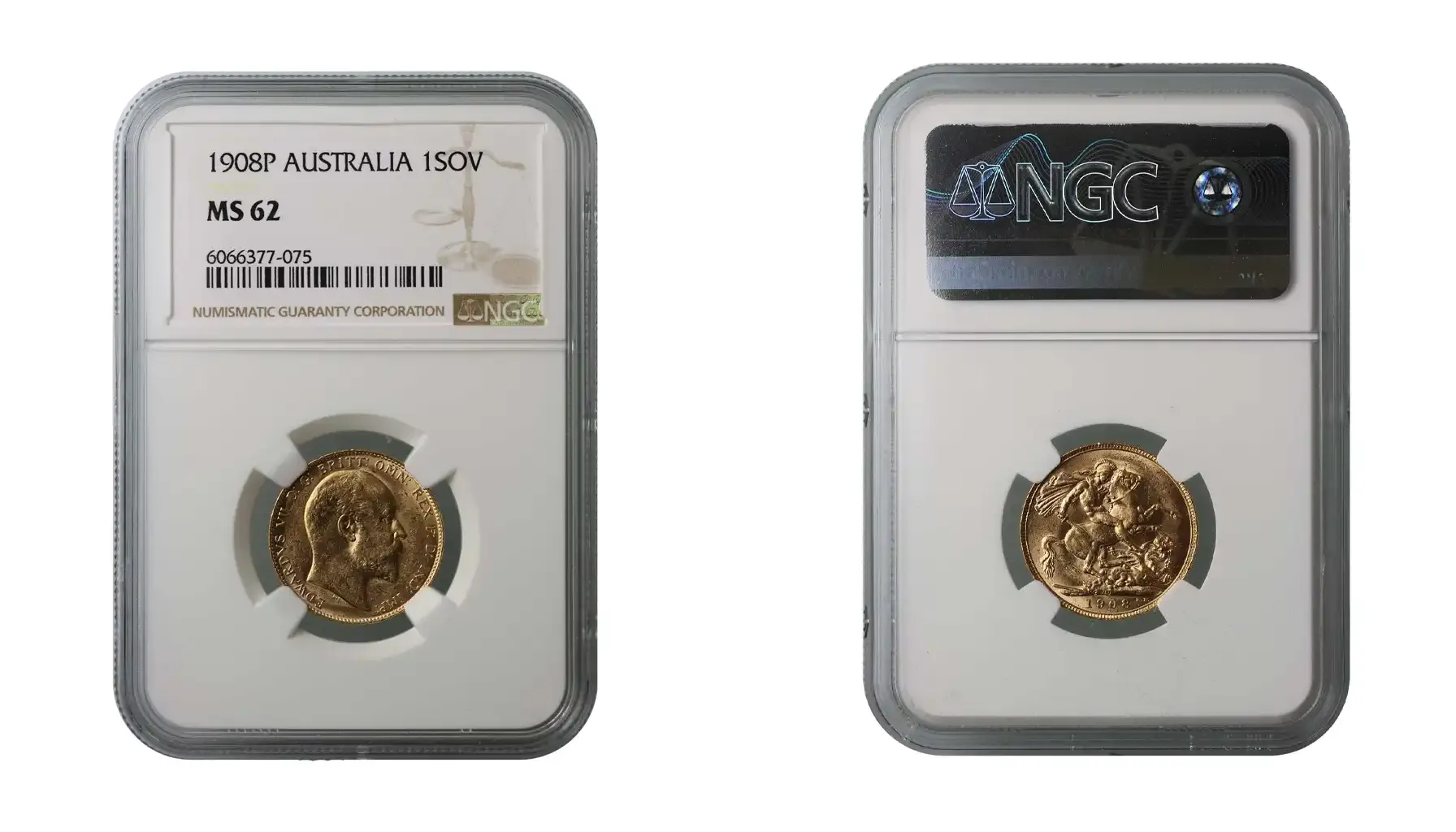
Approx. value: £695.00
Design: The classic St. George and the dragon scene by Pistrucci on the reverse
1909 Edward VII Sixpence
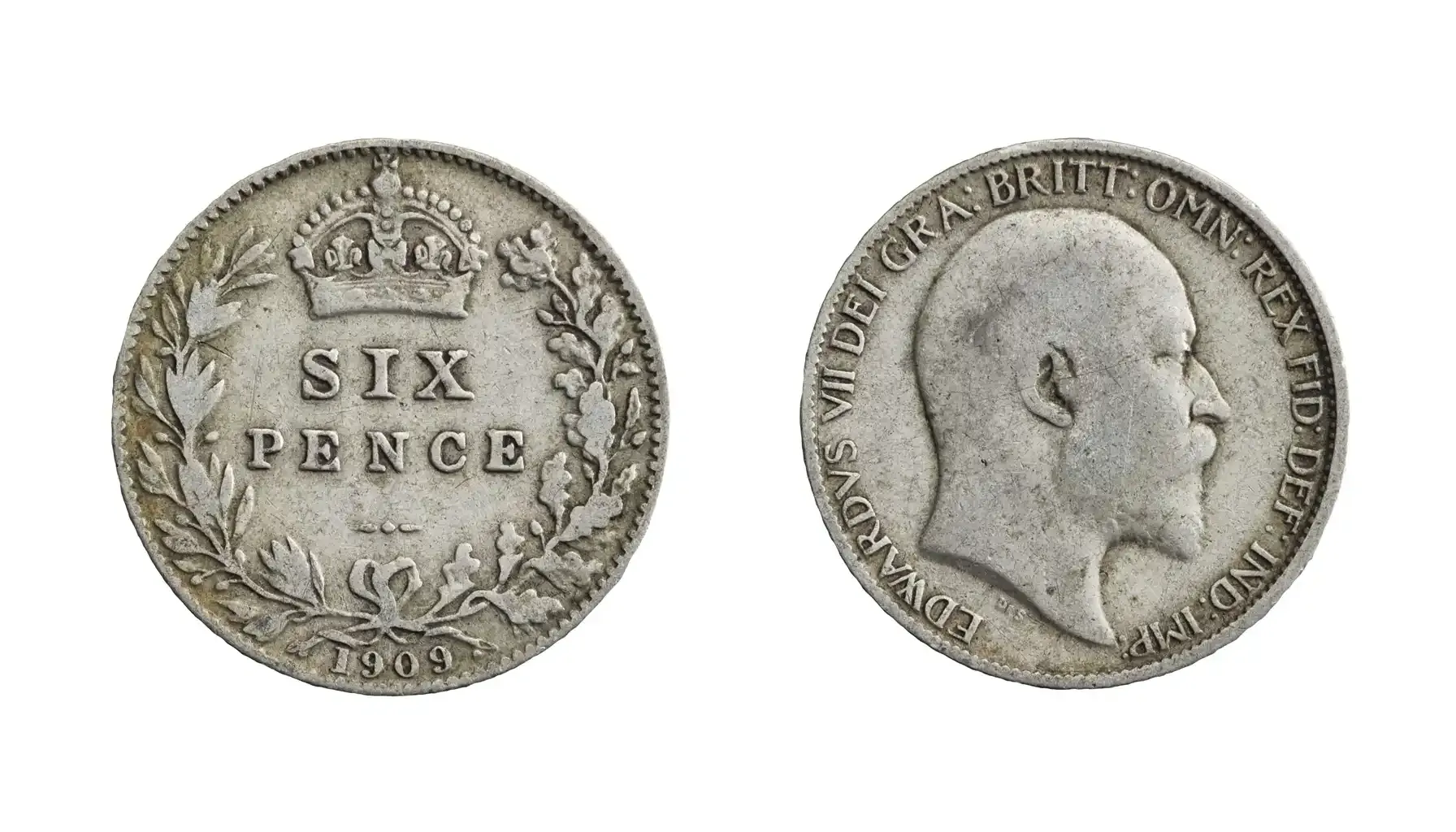
Approx. value: £24.00
Design: The refined portrait of King VII by George William de Saulles
1910 British India, Edward VII, 1/12 Anna Copper

Approx. value: £65.00
Design: The King’s image by de Saulles, which may not boast a high 1910 Edward VII coin value but its place in the world’s numismatics instead
Would You Collect It? Here is The Answer
If you are finally wondering how and where to seek guidance in terms of these precious metal discs and their characteristics, the only viable option that may help you discover each coin is apps.
Applications like Coin ID Scanner provide the most convenient space for coin explorations, even modern ones like the Old Man of the Mountain quarter, for they comprise everything numismatists should have, i.e., a quick analyzer (by photos/camera), extensive databases, collection management tools, coin logs, and AI assistance available 24/7.
Should you inquire about the Edward coins value, the app is to answer all of your questions in an instant as it employs the most innovative technologies that make users autonomous, more independent, and free to utilize the app however they want. For new collectors, it is a magnificent opportunity that is to help them find well-preserved pieces and create a large collection of the best coins only!
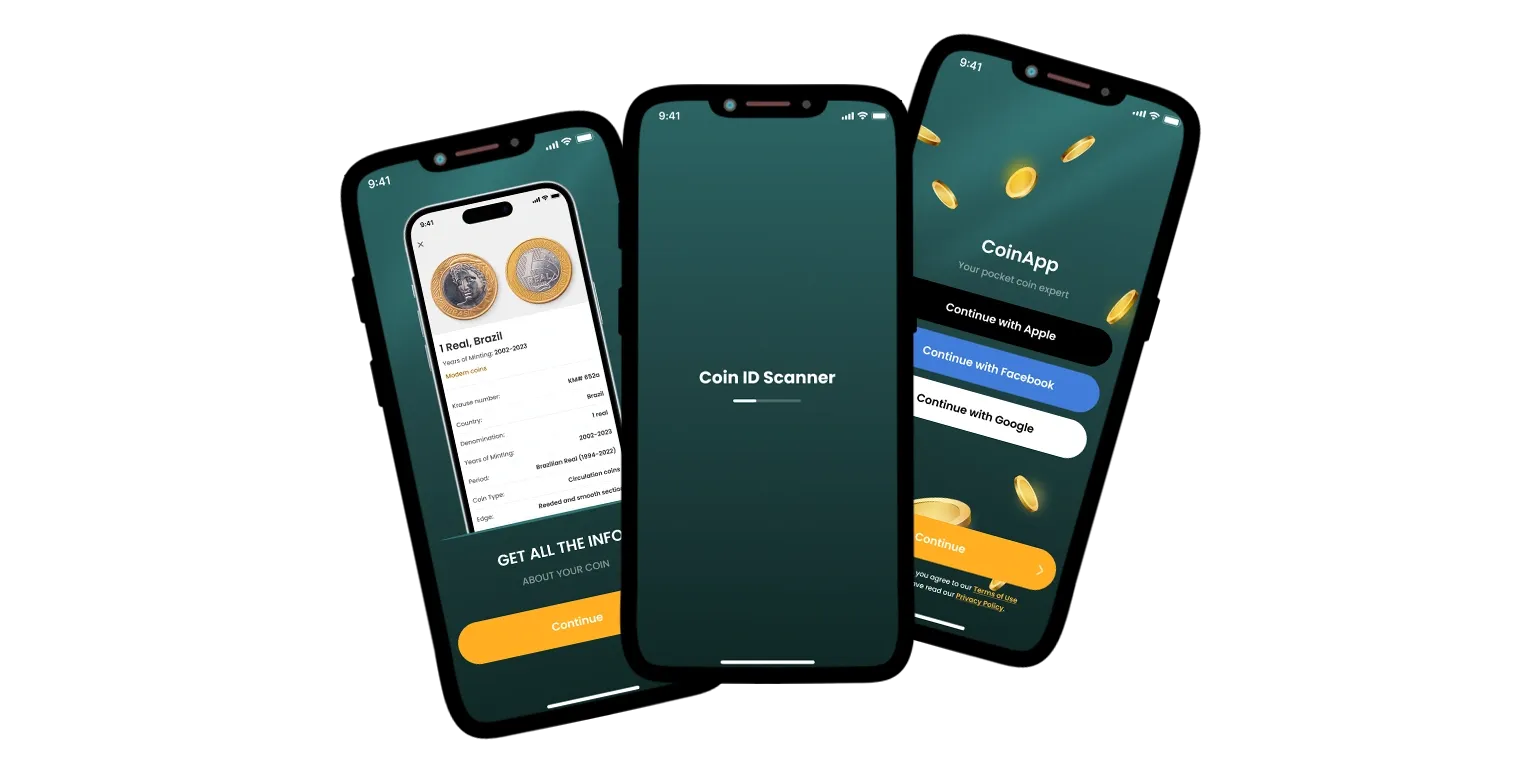
A gigantic empire of Great Britain produced one of the most intriguing numismatic creations, though their history may be blurred or unpleasant to explore. The coins of Edward VII became the symbols of his reign, which was quite groundbreaking and liberating (especially when compared to the times of his mother’s reign). So, explore the world’s units of currency and find the best instances for your collection!



